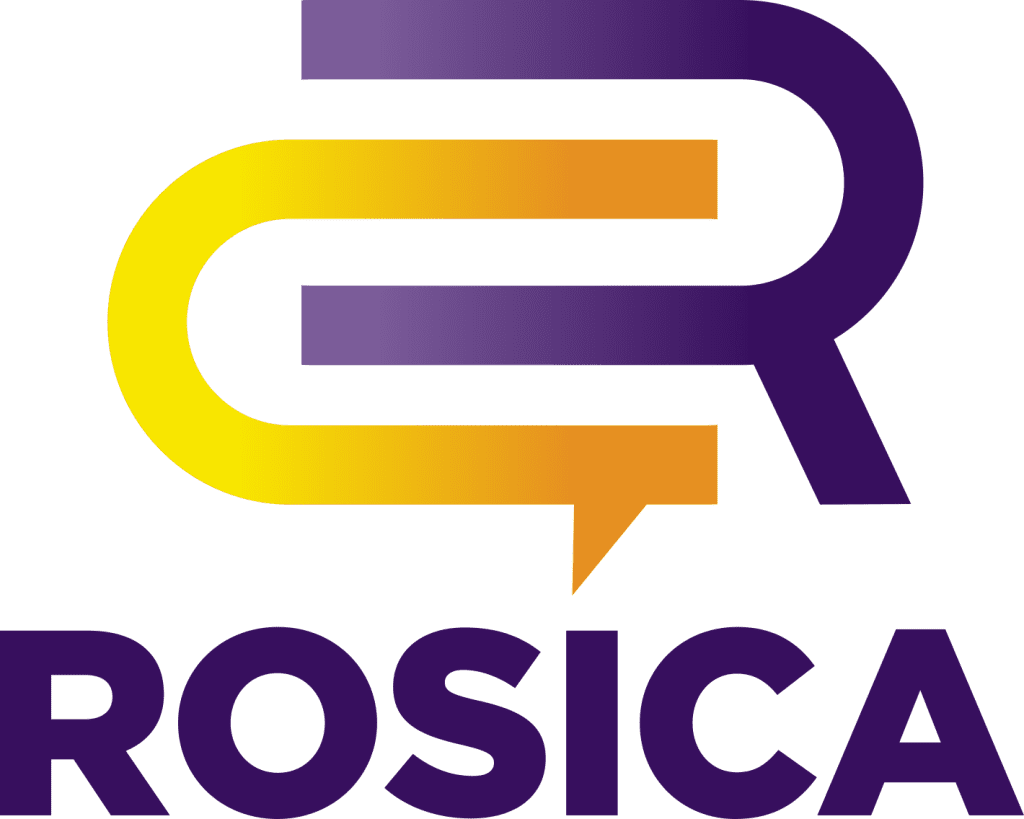In a sector where trust is everything, healthcare organizations face mounting pressure to communicate clearly, consistently, and credibly. But in today’s rapidly evolving digital world, traditional public relations tactics simply aren’t enough. Audiences are fragmented, misinformation is rampant, and attention spans are shrinking.
Healthcare PR is now powered by artificial intelligence, data analytics, and digital storytelling. These aren’t just buzzwords. When leveraged strategically and ethically, healthcare brands clarify their messaging, sharpen their stories, and differentiate their organizations.
As a trusted healthcare PR firm, we’ve provided proven methods and tools for transforming the healthcare communications landscape, and how forward-thinking organizations can stay ahead of the curve.
1. AI Enhances Media Monitoring and Trend Detection
One of AI’s most immediate benefits is its ability to track media coverage and public sentiment in real time. PR teams no longer need to rely solely on manual scanning or weekly roundups. With AI-powered tools, healthcare communicators can monitor news cycles, detect emerging narratives, and forecast shifts in sentiment before they peak.
Imagine identifying the early signs of a flu outbreak, spotting a brewing controversy about a treatment protocol, or detecting a shift in how the media frames a public health issue. These insights allow brands to move from reactive to proactive, shaping the conversation and elevating thought leadership before others do.
This proactive monitoring also helps reduce reputational risk and enables PR practitioners to deliver relevant messaging that engages stakeholders in a timely, relevant manner.
2. Using Data to Tell Stories That Matter
Healthcare is rich in data because of clinical trials, patient outcomes, community health trends, and more. However, data alone isn’t persuasive. Without a strong narrative, compelling key opinion leaders (KOLs), and human-interest stories, even tactics that previously worked can fall flat.
The best healthcare PR professionals don’t just report numbers; they craft stories. A 10% drop in hospital readmission rates? That’s not just a stat; it’s a story about improved care coordination, cross-department collaboration, and improved public health outcomes. A boost in preventative screenings? It becomes a narrative about early detection and access to quality healthcare.
By turning raw data into compelling, human-centered stories, healthcare brands can build authority, earn credible media attention, and create a deeper emotional connection with their audiences.
3. Digital Storytelling Engages and Educates
In the age of social and streaming media, attention is a scarce resource. Therefore, healthcare organizations that gain optimal recognition are those that tell clear, emotionally resonant stories through digital formats such as short-form videos, animated explainers, photo essays, and patient testimonials.
These tools don’t just capture attention; they inform, humanize, and break down complex health information into digestible, relatable content. On platforms like Instagram, LinkedIn, and TikTok, healthcare marketing and communicating professionals are using storytelling to cut through the clutter, grow thought leadership, and build community.
What’s most effective in storytelling? Real voices. Whether it’s a nurse or doctor explaining a new policy or a patient sharing their recovery journey, authenticity drives engagement. Digital storytelling engenders authoritativeness and builds trust.
4. AI in Content Creation: Assist, Don’t Replace
Generative AI tools like ChatGPT can speed up content creation through brainstorming, first drafts, summaries, and Q&A prep. Tools like Grammarly and Hemingway refine tone and clarity.
But here’s the caveat: In healthcare, accuracy, nuance, tone, and science/factual reporting are everything.
There is no room for misinformation or vague generalizations. That’s why AI should be used to support, not replace, skilled healthcare communications professionals. Human oversight ensures that every press release, article, or social media post is aligned with the brand’s voice, clinically accurate, and emotionally intelligent.
Ethical use of AI isn’t about replacing people. It’s about creating efficiencies so teams can spend more time on strategy and high-touch communications.
5. Optimizing for Search
Healthcare journeys don’t always start in hospitals anymore. They start with Google searches. Every day, millions of people type in questions like “What does a high A1C mean?” or “Side effects of Ozempic.”
If your content isn’t showing up on the first page of results, you’re missing a huge opportunity to educate, engage, and build trust.
That’s why search engine optimization (SEO) is an imperative of healthcare PR and marketing. Your blog posts, FAQs, and media placements should be written with both users and search engines in mind. Incorporate high-intent keywords, structure content for clarity, and speak directly to your audience’s questions. AI tools can help PR and SEO experts identify trending search terms and fill gaps in content, so your organization can own more of the conversation.
6. Transparency and Ethics in the Digital Age
In an era where misinformation spreads faster than the truth, transparency is the ultimate currency. Healthcare organizations that cite their sources, acknowledge limitations, and communicate with humility are earning something algorithms can’t measure: trust. Whether you’re sharing patient outcomes or responding to a crisis, ethical communication practices are essential. Don’t overstate results and don’t hide behind jargon.
As AI becomes more widespread and synthetic content floods the web, the brands that rise to the top will be those who communicate with integrity. Transparency, especially when paired with strong digital storytelling, will be a defining differentiator moving forward.
Conclusion
The future of healthcare PR isn’t just about flashy tools or faster content production. It’s about balance.
Yes, AI can help you detect trends and data can make your stories stronger. Video can expand your reach. However, none of it matters without clear messaging, ethical standards, and a commitment to authentic storytelling.
At Rosica Communications, we believe that innovation must be paired with integrity. As a leading healthcare PR agency, we help the industry refine their messages, differentiate their brands, and drive measurable results across multiple marketing, communications, and PR channels.
Our proprietary Thought Leadership Measurement Matrix™ is the only system that quantifies 20 distinct variables that influence visibility, credibility, and influence.
About Rosica Communications
Rosica Communications is a national PR agency with deep expertise in healthcare, education, nonprofit, food, and animal health communications. We partner with mission-driven brands to elevate expert voices, build trust, and create visibility that leads to meaningful outcomes.
From earned media and SEO-driven storytelling to strategic messaging and executive positioning, we don’t just tell stories; we help you own the narrative.
Want to sharpen your brand story and effectively differentiate your organization from the competition? Schedule a call with CEO and President of Rosica Communications, Chris Rosica to learn more: https://calendly.com/rosica/30min.

